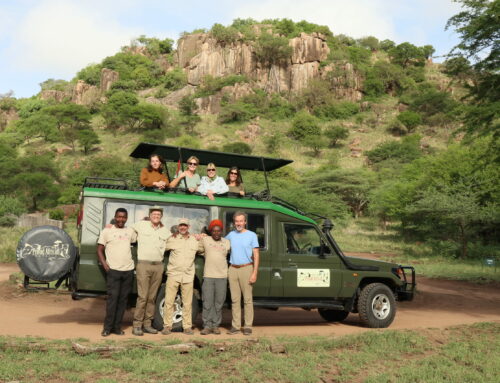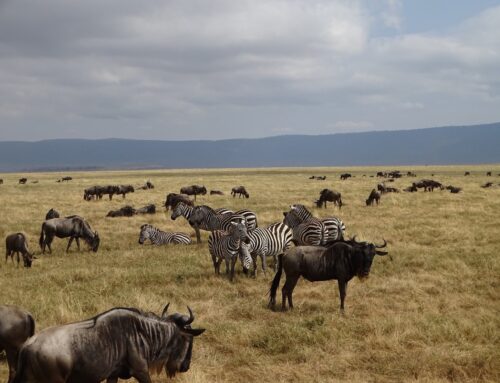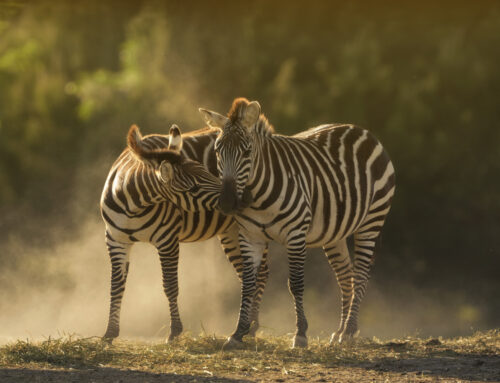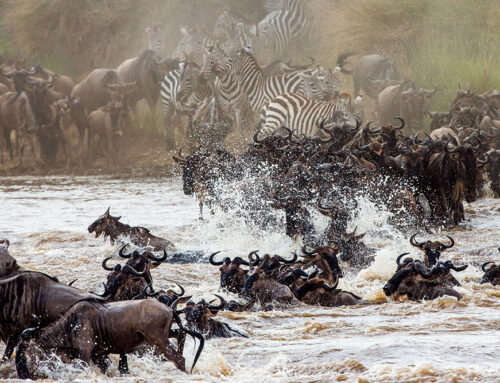No matter how strong the local management networks are, stopping illegal wildlife trade is an issue that should be tackled globally, and it must address both the seller and the consumer at the ends of the chain. Domestic wildlife trade is the main reason it is so difficult to keep the conservationist battle alive, and why there are no optimistic results.
Why Is Wildlife Trade Thriving?
One should wonder what exactly makes this illegal trade so lucrative if we are to understand how we can fight it more effectively. Wildlife crime is carried mostly by organized crime networks that have the means to reach both sellers and buyers. To get rhino horns from Africa to the United States or Asia, when most countries have banned ivory or rhino horn trades, takes an intricate chain of corruption, power, and lack of responsibility for the future generations.
Attributing a monetary and statutory value to products or specimens that come from endangered species is the real problem, and no conservation plan will be able to stop that by itself.
Ending Domestic Trade
To put a stop to a trade that serves as a moneywell to powerful criminal organizations, we must concentrate our efforts into ending domestic trade. While China, the US, and most world-leading countries have proclaimed ivory and rhino trade illegal, other countries like New Zealand let these products enter their economic system without being regulated, encouraging the ownership and monetization of an important ecological and cultural component of the African continent and the world.
As long as there are clients who are able to buy rhino horn powder or ivory artifacts and other wildlife trade products, this will continue to be an attractive asset to global crime networks. Criminalizing buyers, as well as sellers, might not solve conservationist issues overnight, but not doing so is equivalent to a complicity to crime.
No matter how strong the local management networks are, stopping illegal wildlife trade is an issue that should be tackled globally, and it must address both the seller and the consumer at the ends of the chain. Domestic wildlife trade is the main reason it is so difficult to keep the conservationist battle alive, and why there are no optimistic results.
Why Is Wildlife Trade Thriving?
One should wonder what exactly makes this illegal trade so lucrative if we are to understand how we can fight it more effectively. Wildlife crime is carried mostly by organized crime networks that have the means to reach both sellers and buyers. To get rhino horns from Africa to the United States or Asia, when most countries have banned ivory or rhino horn trades, takes an intricate chain of corruption, power, and lack of responsibility for the future generations.
Attributing a monetary and statutory value to products or specimens that come from endangered species is the real problem, and no conservation plan will be able to stop that by itself.
Ending Domestic Trade
To put a stop to a trade that serves as a moneywell to powerful criminal organizations, we must concentrate our efforts into ending domestic trade. While China, the US, and most world-leading countries have proclaimed ivory and rhino trade illegal, other countries like New Zealand let these products enter their economic system without being regulated, encouraging the ownership and monetization of an important ecological and cultural component of the African continent and the world.
As long as there are clients who are able to buy rhino horn powder or ivory artifacts and other wildlife trade products, this will continue to be an attractive asset to global crime networks. Criminalizing buyers, as well as sellers, might not solve conservationist issues overnight, but not doing so is equivalent to a complicity to crime.


